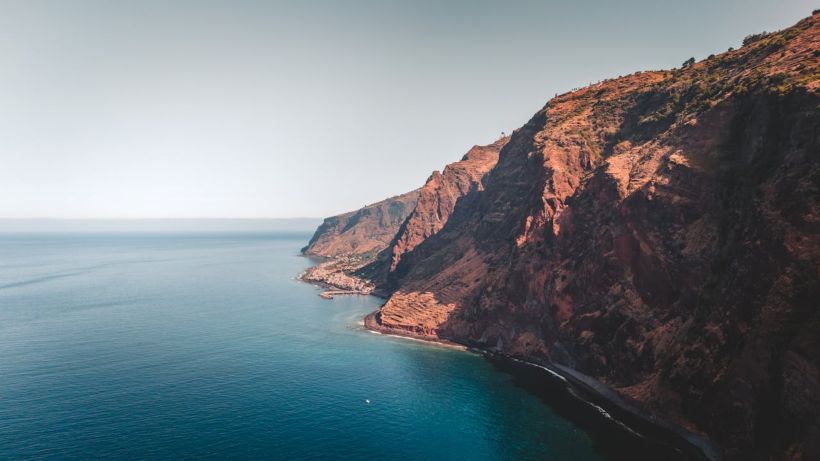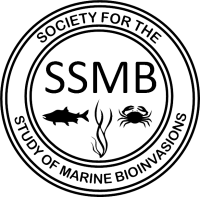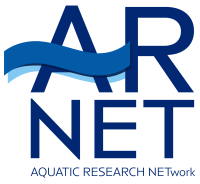Nature Activities

Nature is the greatest and most important treasure of this Atlantic archipelago. Be sure to explore its lush beauty.
-
Hiking: An ideal destination for hiking lovers. Mountains, ocean, green forests, waterfalls and viewpoints: the archipelago's natural wealth makes hiking in Madeira unforgettable and invigorating.
Explore -
Canyoning: Canyoning in Madeira is an ideal activity for nature lovers who can't do without a good dose of adventure. Because of the island's rugged outline and the green density of its forest, the watercourses that cross the island's mountains meet the perfect conditions for this sport.
Explore -
Trail Running: Trail runners in Madeira can enjoy the opportunity of running in mountain areas accompanied by exuberant and always surprising natural landscapes. Venture out on the island's trails.
Explore -
Golf: Golf in Madeira offers ideal conditions for pleasant practice at all times of the year. Find world-class courses, where tranquillity and natural beauty reign supreme.
Explore -
Mountain biking: Mountain biking in Madeira is both challenging and rewarding. The trails that wind through the rugged territory of the archipelago invite bikers to experience a daring sporting adventure, with Nature as a backdrop.
Explore -
Coasteering: Walking, swimming, climbing, rappelling and jumping into water: all this in a single activity, coasteering in Madeira which, amid lots of adventure and adrenalin, will show you the natural wonders of the island.
Explore -
Jeep Safari: Discovering the archipelago of Madeira and its surprising places on an organised tour is a unique experience. For a complete and safe experience, local operators have tailor-made tours available.
Explore -
Climbing: Rugged cliffs, with the ocean as a backdrop, are the perfect scenery for an adrenaline-packed climbing experience in Madeira. Come and discover the island from another perspective.
Explore -
Bird Watching: Bird watching in Madeira is the best opportunity to contemplate sea and land species, some of which rare, in preserved and highly respected ecosystems. A memorable experience of contact with Nature and animal life.
Explore -
Nordic Walking: Nordic walking in Madeira allows walkers to discover quiet mountain trails and thus access places of unequalled interest in the heart of the island. Come and connect with Madeira's Nature.
Explore -
Paragliding: Hovering over Madeira's mountains and its coastline is a vibrant and always very surprising activity. Exceed your limits and dare to paraglide in Madeira.
Explore
Nautical activities in Madeira

Clear water, with mild temperatures, excellent conditions for various water sports and surprising biodiversity: dive into this adventure!
-
Dolphin & Whale Watching: The clear, calm waters of Madeira allow you to enjoy the experience of spotting cetaceans close to shore all year round.
Explore -
Diving: One of the best places in Europe to be dazzled by the richness of the underwater world. Venture into these crystal-clear waters.
Explore -
Snorkeling: The abundant biodiversity and transparent waters make this one of the most remarkable nautical activities in Madeira.
Explore -
Surf: Considered the Hawaii of the Atlantic, Madeira has the privilege of receiving all kinds of waves. Come surf the Atlantic!
Explore -
Windsurfing: Calm sea, small waves and constant wind: these are the perfect conditions for practising this sport on many parts of the island.
Explore -
Stand up paddle: A board, a paddle and the opportunity to float while contemplating the coastal landscapes of a unique volcanic island.
Explore -
Kayaking: Rowing in the deep blue sea that bathes the island is an unforgettable sporting experience. Action, contemplation and lots of fun.
Explore -
Boat Tours: All aboard: enjoy the archipelago's scenic beauty from a different perspective. We are specialists in collecting memories in the ocean.
Explore -
Sport fishing: Sport fishing lovers find the ideal scenery for this activity in the waters of the archipelago of Madeira.
Explore















